语音识别基于高斯混合模型(GMM)的语音识别matlab源码
Posted Matlab走起
tags:
篇首语:本文由小常识网(cha138.com)小编为大家整理,主要介绍了语音识别基于高斯混合模型(GMM)的语音识别matlab源码相关的知识,希望对你有一定的参考价值。
一、简介
1 高斯混合模型概述
高斯密度函数估计是一种参数化模型。高斯混合模型(Gaussian Mixture Model, GMM)是单一高斯概率密度函数的延伸,GMM能够平滑地近似任意形状的密度分布。高斯混合模型种类有单高斯模型(Single Gaussian Model, SGM)和高斯混合模型(Gaussian Mixture Model, GMM)两类。类似于聚类,根据高斯概率密度函数(Probability Density Function, PDF)参数不同,每一个高斯模型可以看作一种类别,输入一个样本x,即可通过PDF计算其值,然后通过一个阈值来判断该样本是否属于高斯模型。很明显,SGM适合于仅有两类别问题的划分,而GMM由于具有多个模型,划分更为精细,适用于多类别的划分,可以应用于复杂对象建模。
1.1 单高斯模型
1.2 高斯混合模型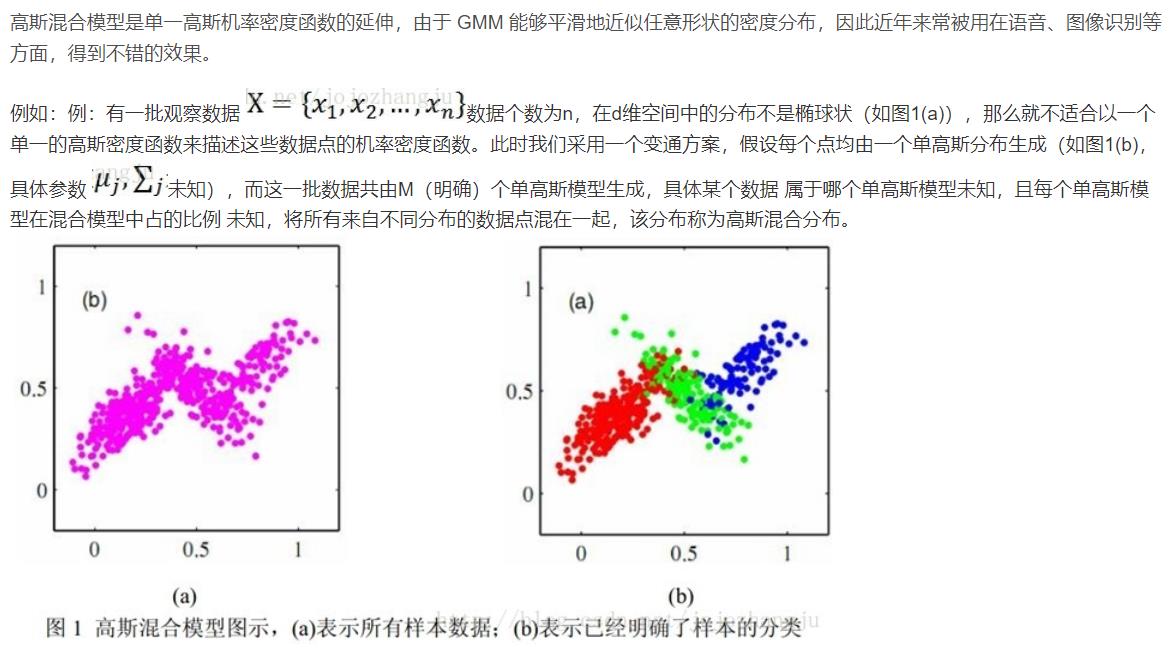
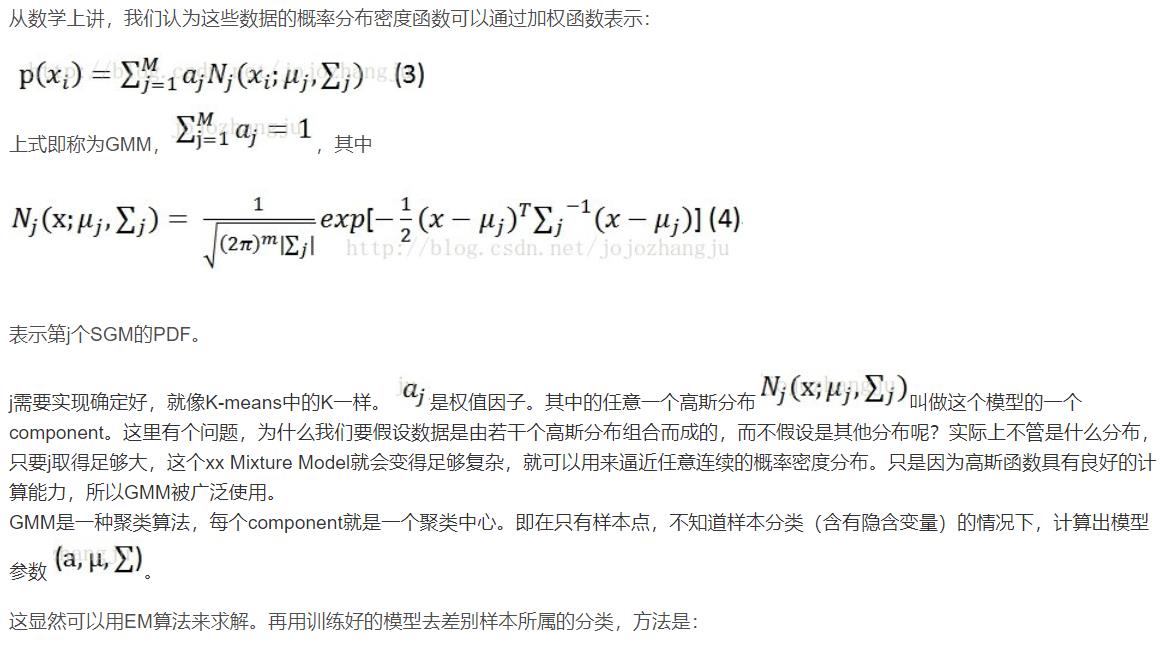

2 高斯混合模型参数估计
2.1 样本分类已知情况下的GMM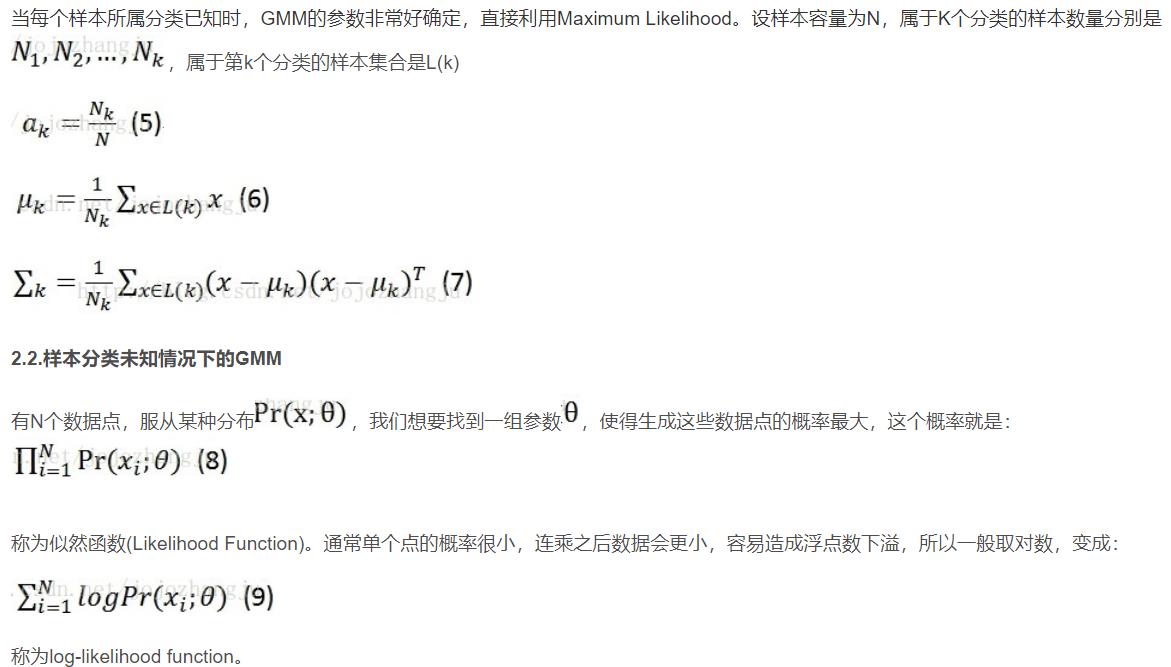
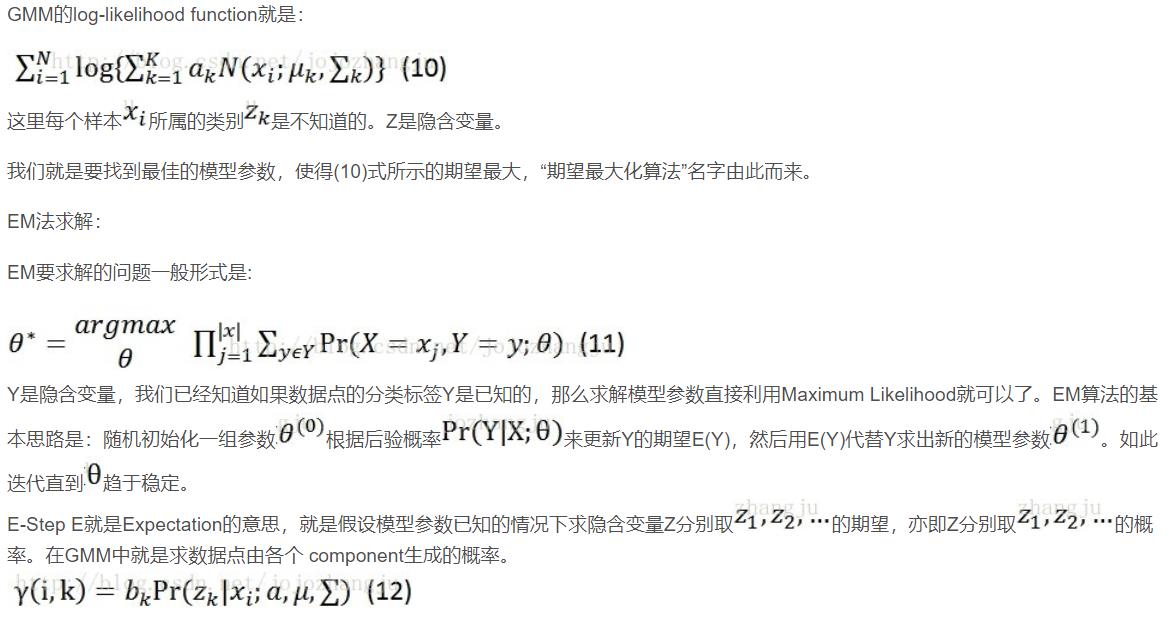
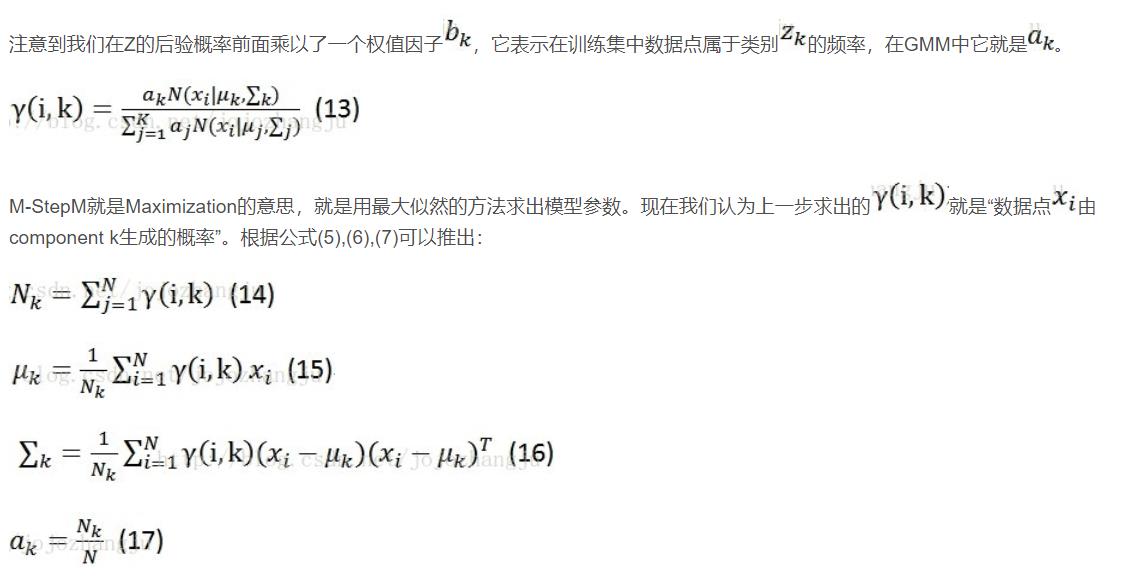
二、源代码
function mix=gmm_init(ncentres,data,kiter,covar_type)
%% 输入:
% ncentres:混合模型数目
% train_data:训练数据
% kiter:kmeans的迭代次数
%% 输出:
% mix:gmm的初始参数集合
[dim,data_sz]=size(data');
mix.priors=ones(1,ncentres)./ncentres;
mix.centres=randn(ncentres,dim);
switch covar_type
case 'diag'
% Store diagonals of covariance matrices as rows in a matrix
mix.covars=ones(ncentres,dim);
case 'full'
% Store covariance matrices in a row vector of matrices
mix.covars=repmat(eye(dim),[1 1 ncentres]);
otherwise
error(['Unknown covariance type ', mix.covar_type]);
end
% Arbitrary width used if variance collapses to zero: make it 'large' so
% that centre is responsible for a reasonable number of points.
GMM_WIDTH=1.0;
%kmeans算法
% [mix.centres,options,post]=k_means(mix.centres,data);
[mix.centres,post]=k_means(mix.centres,data,kiter);
% Set priors depending on number of points in each cluster
cluster_sizes = max(sum(post,1),1); % Make sure that no prior is zero
mix.priors = cluster_sizes/sum(cluster_sizes); % Normalise priors
switch covar_type
case 'diag'
for j=1:ncentres
% Pick out data points belonging to this centre
c=data(find(post(:,j)),:);
diffs=c-(ones(size(c,1),1)*mix.centres(j,:));
mix.covars(j,:)=sum((diffs.*diffs),1)/size(c,1);
% Replace small entries by GMM_WIDTH value
mix.covars(j,:)=mix.covars(j,:)+GMM_WIDTH.*(mix.covars(j,:)<eps);
end
case 'full'
for j=1:ncentres
% Pick out data points belonging to this centre
c=data(find(post(:,j)),:);
diffs=c-(ones(size(c,1),1)*mix.centres(j,:));
mix.covars(:,:,j)=(diffs'*diffs)/(size(c,1)+eps);
% Add GMM_WIDTH*Identity to rank-deficient covariance matrices
if rank(mix.covars(:,:,j))<dim
mix.covars(:,:,j)=mix.covars(:,:,j)+GMM_WIDTH.*eye(dim);
end
end
otherwise
error(['Unknown covariance type ', mix.covar_type]);
end
mix.ncentres=ncentres;
mix.covar_type=covar_type;
%=============================================================
function [centres,post]=k_means(centres,data,kiter)
[dim,data_sz]=size(data');
ncentres=size(centres,1); %簇的数目
[ignore,perm]=sort(rand(1,data_sz)); %产生任意顺序的随机数
perm = perm(1:ncentres); %取前ncentres个作为初始簇中心的序号
centres=data(perm,:); %指定初始中心点
id=eye(ncentres); %Matrix to make unit vectors easy to construct
for n=1:kiter
% Save old centres to check for termination
old_centres=centres; %存储旧的中心,便于计算终止条件
% Calculate posteriors based on existing centres
d2=(ones(ncentres,1)*sum((data.^2)',1))'+...
ones(data_sz,1)* sum((centres.^2)',1)-2.*(data*(centres')); %计算距离
% Assign each point to nearest centre
[minvals, index]=min(d2', [], 1);
post=id(index,:);
num_points = sum(post, 1);
% Adjust the centres based on new posteriors
for j = 1:ncentres
if (num_points(j) > 0)
centres(j,:) = sum(data(find(post(:,j)),:), 1)/num_points(j);
end
end
三、运行结果
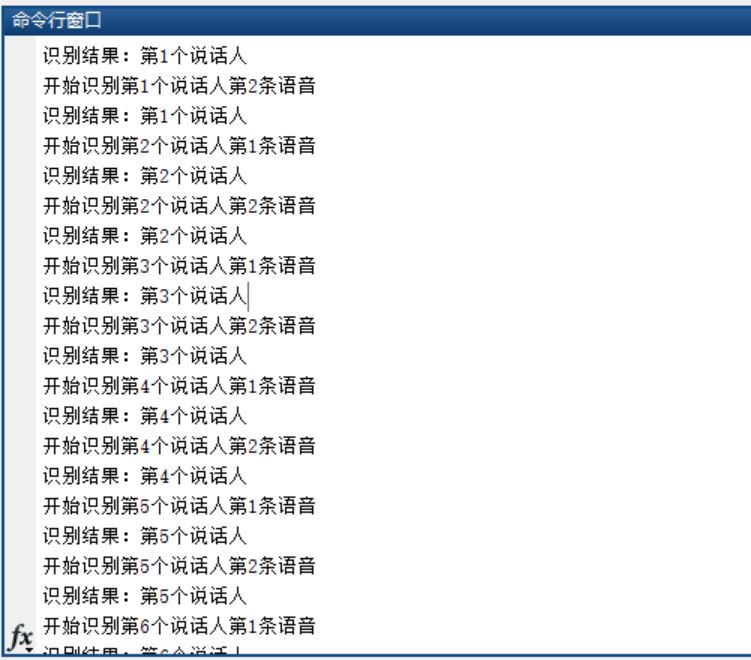
四、备注
完整代码或者代写添加QQ1575304183
以上是关于语音识别基于高斯混合模型(GMM)的语音识别matlab源码的主要内容,如果未能解决你的问题,请参考以下文章